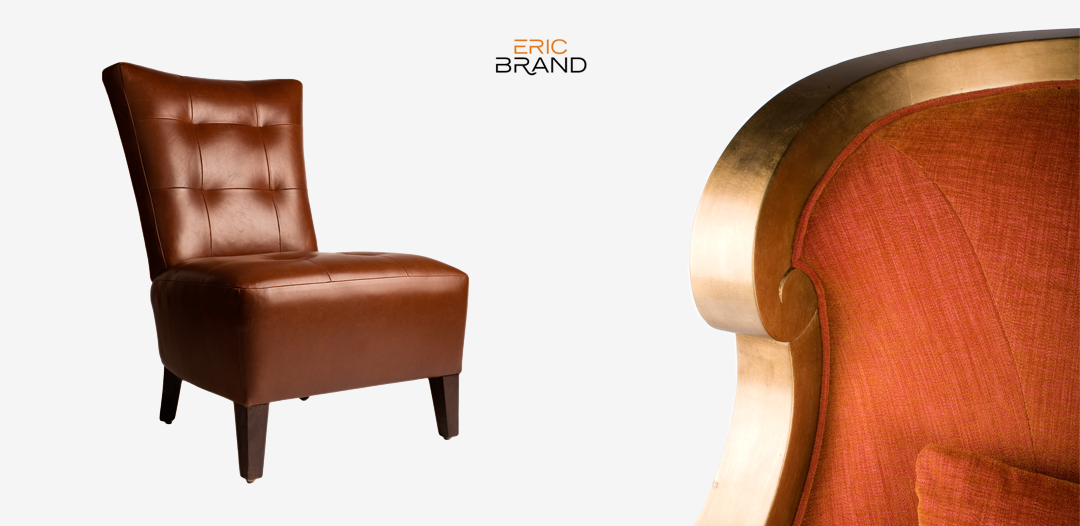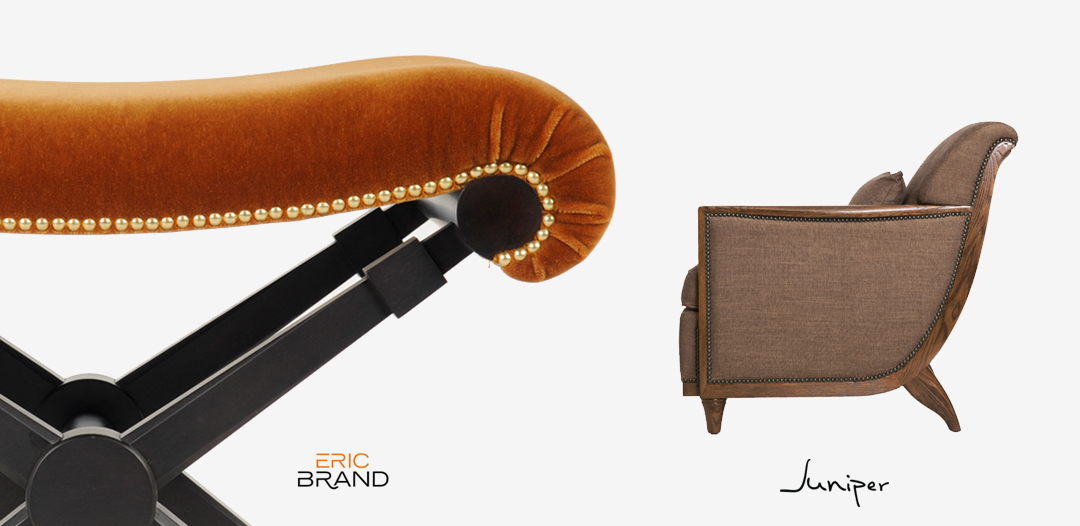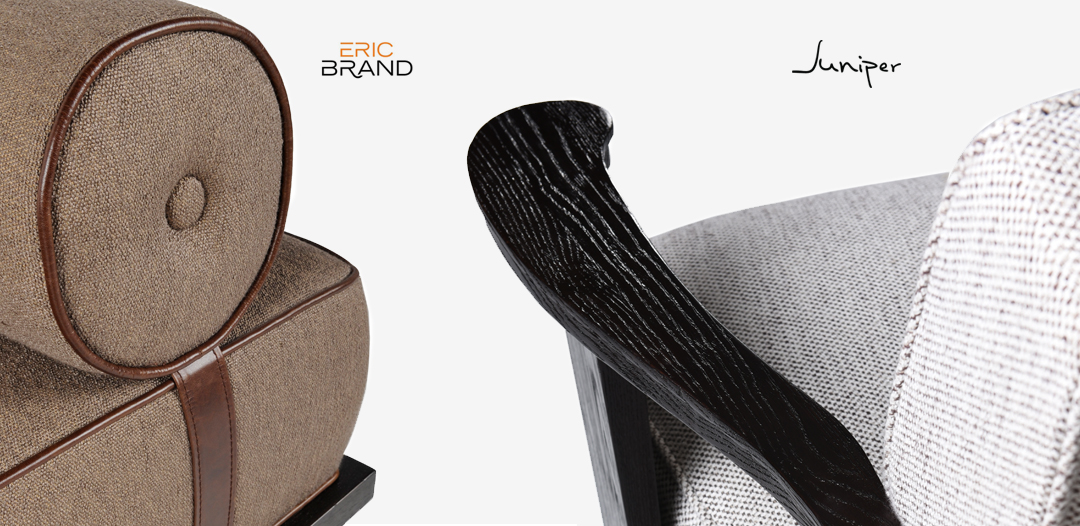It’s All in the Execution – Upholstery Detailing at its Finest
When it comes to upholstered furniture, the first visual distinction you might notice are the covers. The colors, patterns and textures of covers are virtually unlimited, but upon closer inspection, we can come to appreciate the defining detail that sets all upholstery apart – the execution and composition of these pieces. Consider how snow is beautiful, but when you put a single snowflake under a microscope, you see an entirely new level of intricacy and design.
From tufting to nail heads, and wooden plinths to waterfalling, fine upholstery detailing is the true mark of any furniture’s craftsmanship and quality. In Part 2 of our upholstery series, let’s take a closer look at the various techniques employed that makes upholstered furniture a work of art and precision…
Tufting – A tuft is a cluster of threads that’s tightly drawn through upholstery to keep the padding compressed, secure, and strong. The sewn fabric is folded into a square or rectangular shape. With deep tufts – aka “button tufting” – a button is used to distribute the pulling weight of the thread.
Diamond Tufting – This is the type of tufting that has a vertical pattern that is longer than it is wide, which is why it’s called diamond tufting. The diamond shapes are elegant and can be more visually pleasing depending on the furniture it adorns.
Gimp – Gimp is a kind of ornamental braided trim made from cotton, silk or worsted that can add an extra, attractive detail. It can be stitched or glued to decorate seams or cover tack heads. Gimp is typically a narrow flat braid, but can also be a rounded cord of fabric and metal wire.
Nailhead Trim – Metal tacks that secure leather or fabric to the furniture frame, usually in the form of straight-lined trim. Nailhead trim is used on everything from clean simple silhouettes, to refined rustic pieces and even incorporated into industrial-style furnishings. Sofas, dining chairs, and headboards – it seems there is no limit to its versatility.
Piping – The border of fabric that’s stitched to the edges of upholstery, often in a contrasting color. Within the fabric is a length of cord known as filler cord, welting, twist cord, or piping cord – hence the name. Contrasting or matching piping provides decorative emphasis while protecting seams and edges against wear.
Wooden Plinth – Exposed wooden plinth can be a bold way to frame chairs and sofas. Plinth frames provide structural support while adding a refined aesthetic to the furniture. The combination of soft texture and hard material instantly accentuates the shape and style of any chair or sofa.
Waterfalling – Draping a single piece of fabric that wraps around the sides of the chair or sofa and to the front of the apron. Waterfalling is an elegant way to add character and instantly change the look of an otherwise regular chair or sofa.
Skirting – There are many skirt styles to choose from, including: boxed pleats, kick pleats, knife pleats, combo-pleating, flounced, and shirred. Nylon glides are used for ease when rearranging these fabrics.
With so many intricate and creative options to choose from, these decorative elements allow you to personalize your furniture any way you see fit. Fine upholstery detailing is the icing on the cake – and a nuanced way to add an extra element of design, dimension and personality to any living space.
–––––––––––––––––––––––––––––––––––––––––––––
ERIC BRAND
Founded in 1996 and based in San Francisco, Eric Brand offers custom-styled furniture and worldwide sourcing along with exquisite materials and finishes, specifically for the high-end residential design market and hospitality industry.
JUNIPER
Named after the fog-licked Juniper trees on the hills of San Francisco, Juniper is an in-stock furniture collection by Eric Brand that pays homage to timeless materials, techniques and silhouettes – brought to life through expert craftsmanship.


